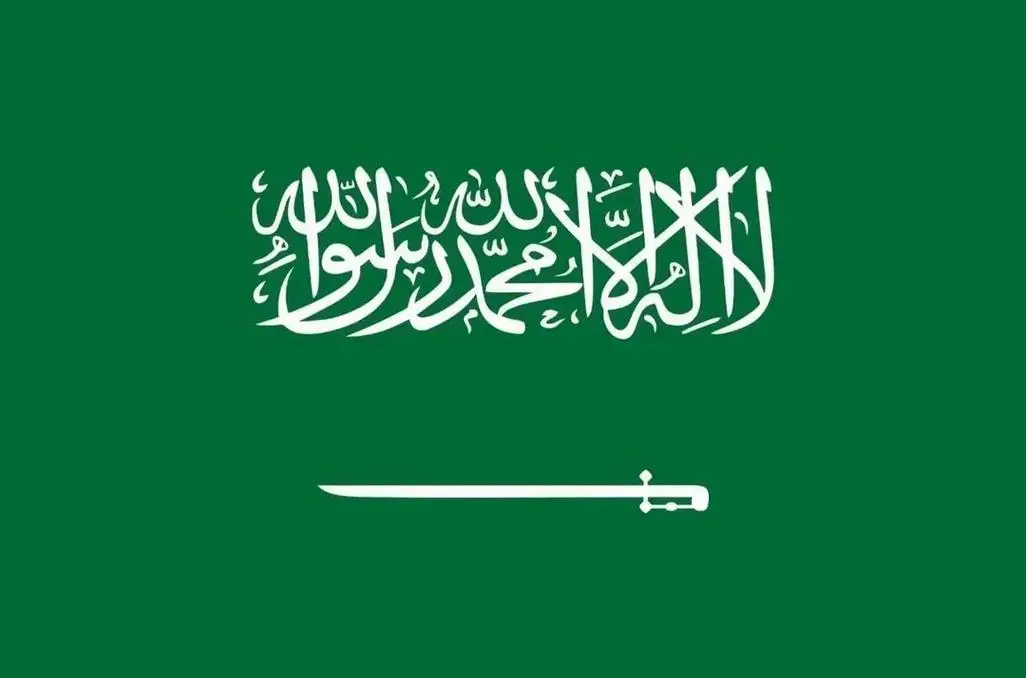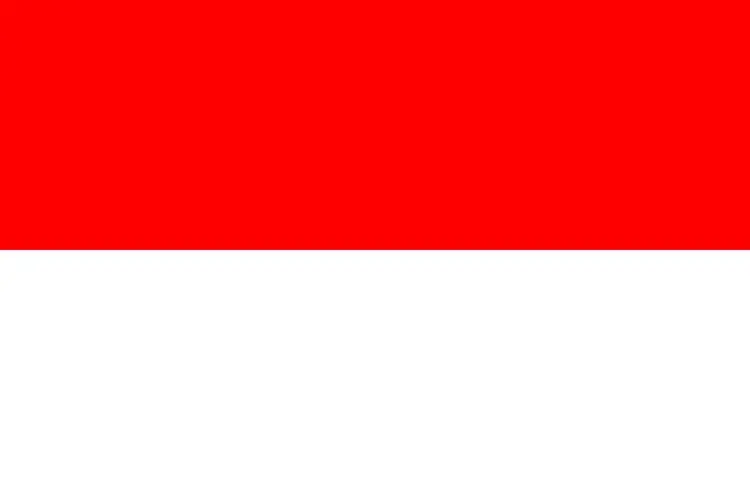Overview of Saudi Arabia

Saudi Arabia is located on the Arabian Peninsula, bordering the Persian Gulf to the east, the Red Sea to the west, Jordan, Iraq, and Kuwait to the north, the United Arab Emirates, Oman, and Yemen to the south, and connected to Bahrain through the Fahd King Bridge. Saudi Arabia has a land area of approximately 2.25 million square kilometers and a population of around 35 million, mainly concentrated in cities such as Riyadh, Jeddah, and Dammam. The official language of Saudi Arabia is Arabic, with approximately 99% of the population practicing Islam, mainly Sunni.
Saudi Arabia is a monarchy, with the king serving as the head of state, government, and religious leader. Saudi Arabia does not have a constitution, and its governance is based on the Quran and Hadith. The king has extensive executive, legislative, and judicial powers. Saudi Arabia implements a policy of free economy, with the oil industry being the backbone of its economy, and its oil reserves and production ranking among the top in the world. In recent years, the Saudi government has launched the "2030 Vision" plan, aimed at achieving economic diversification, reducing dependence on oil, and promoting the development of non oil industries such as tourism, technology, and finance.
The capital of Saudi Arabia is Riyadh, which is the political, economic, and cultural center. Other major cities include Jeddah (the second largest city, an important commercial and port city), Mecca (the holy city of Islam), and Medina (the second holy city of Islam). Saudi Arabia's social culture is deeply influenced by Islam, and in recent years there have been some social reforms such as allowing women to drive and relaxing restrictions on cinema access. Saudi Arabia plays an important role in international affairs, as one of the founding members of the Gulf Cooperation Council and an important member of the Organization of Islamic Cooperation.
Saudi Arabia is the world's largest oil producing country, and its oil industry is its economic pillar. Saudi Arabia's proven oil reserves reached 262.8 billion barrels by the end of 2002, accounting for 1/4 of the world's proven oil reserves and nearly 61.1% of the proven oil reserves of Arab countries. Oil revenue accounts for 40% of its GDP, 70% of government revenue, and 90% of export revenue.
Saudi Arabia's economic system is an Islamic monarchy that combines politics and religion, with a centralized monarchy and a "free economy" under dual control of the monarchy and religion. Private ownership is the main form of property ownership, supplemented by state-owned ownership. Downstream industries such as petrochemicals and plastics, as well as infrastructure sectors such as airports, ports, railways, and communications, are gradually being privatized.
In 2023, Saudi Arabia's total GDP will exceed $1 trillion, with a per capita GDP of $30000, which is twice as much as China's. Saudi Arabia's inflation rate is expected to remain stable at 2.1% and 2.3% in 2024 and 2025, respectively, lower than the average level in the Gulf Cooperation Council region.
Saudi Arabia is promoting economic diversification and reducing its dependence on oil. The World Bank and the International Monetary Fund predict that Saudi Arabia's economic growth rate will significantly increase in the coming years, especially with strong growth in the non oil sector. For example, Abu Dhabi's non oil GDP grew by 6.6% year-on-year in the second quarter of 2024, accounting for 55.2% of the overall economy.


